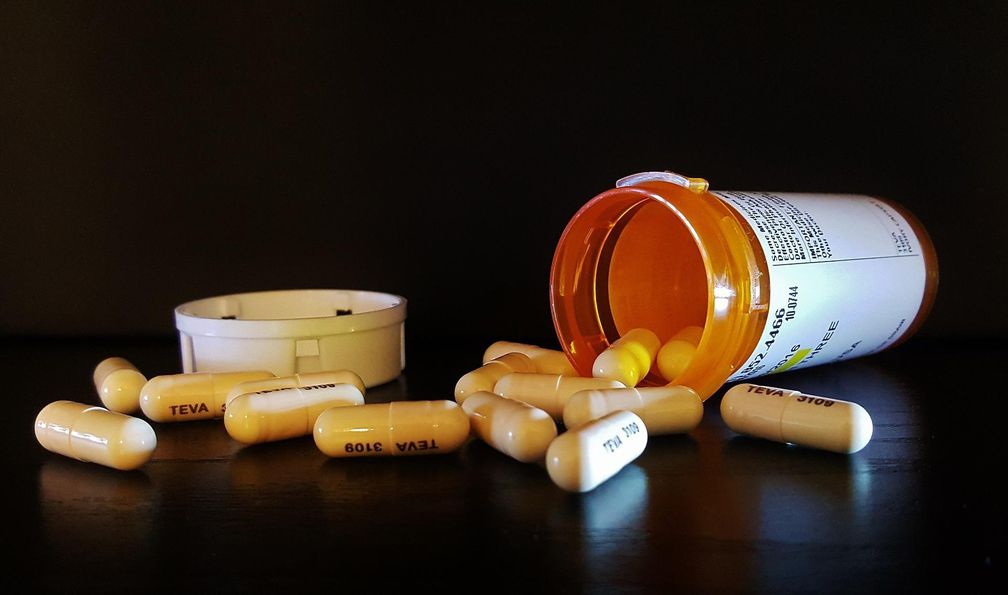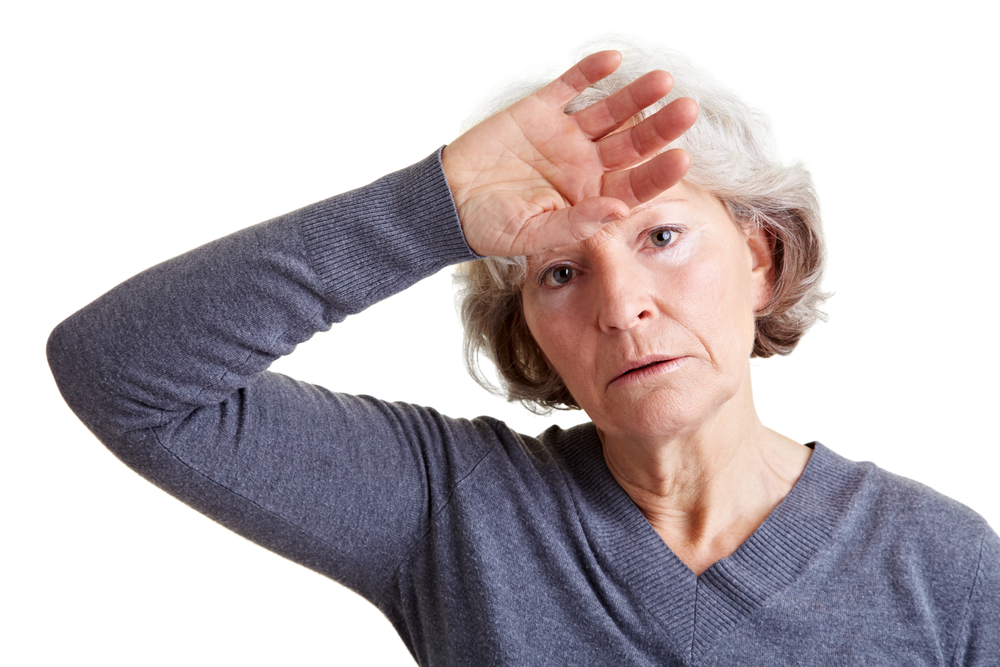Hair Loss in Menopause. “Am I going bald?”
Your Question: Hair Loss in Menopause. “Am I going bald?”
Our Response: For women in menopause, hair loss can threaten self‐image and social confidence. Termed androgenic alopecia (AGA), or “female pattern hair loss,” it is misinterpreted as “going bald.” Even if a woman is reassured that this is not the case, or that it affects men as well, the phenomenon evokes fear and even depression.
Under the influence of our androgens, formation of a hair begins in a follicle consisting of epidermal cells that grow down into the dermis. At the base of the follicle is the papilla, a living organ surrounded by capillaries where the hair is created and which responds to circulating hormones. As the hair forms, it grows toward the surface in a shaft of two layers: the inner layer, ending below a sebaceous gland, and an outer layer that attaches to the gland. The sebum, produced by the gland, offers conditioning to the hair, which is composed of dead proteinacious material. The growth phase of normal hair (anagen phase) lasts up to three years, followed by the catagen phase (a brief intermediate period), and then a short (100 days) resting (telogen) period before the hair is discarded.
The androgen, testosterone, when converted to its active form, 5‐alpha dihydrotestosterone by the enzyme 5‐alpha reductase, is essential for hair on our face and body and less for our axilla and pubic area. However, age, gender, and genetics also influence this process. In early puberty, androgens initially elicit the development of tiny vellus hairs that later become pigmented, followed by larger hairs that appear differently in different parts of the body (Glaser, 2012).
The formation of 5‐alpha dihydrotestosterone is key to normal hair growth. Yet, excessive activity by the enzyme 5‐alpha reductase produces the thinning or miniaturization of hair characteristic of AGA. In this process, over several hair cycles, there is a shortened growth or anagen phase (a reduction from three years to 1.5 years to 3 months), which leads to thin, colorless hairs instead of long, firm‐colored hairs. No change in the number of follicles, however, occurs. If the normal growth cycle of anagen-to-telogen ratio is 9:1, miniaturization reduces this ratio to 2:1.
That the process is selective to certain areas of the scalp reflects the differences in embryologic origin of these scalp areas. In men and women, there is more 5‐alpha reductase in frontal follicles than in occipital follicles. Additionally, women have more of the enzyme, aromatase, in the frontal and occipital scalp, which metabolizes testosterone to estrogen. Most women with AGA have normal menses. Measuring blood levels of hormones, therefore, offers little value in the evaluation. Moreover, there is no relationship of AGA to other testosterone effects on muscle, bone, or sebum secretion.
Treatment of AGA addresses the unique aspects of this biologic event. Biotin, a water-soluble B7 vitamin, improves keratin, a structural protein in hair and nails. Oral finasteride, a 5‐alpha reductase type 2 inhibitor, may slow the AGA process in premenopausal but not menopausal women. Spironolactone, an aldosterone antagonist, offers mild anti‐androgenic effects.
With so many options, why is this still a problem? It is confusing. National organizations like ConsummerLab.com that are dedicated to analyzing over-the-counter supplements describe products like Viviscal™, Hair La Vie™, Nutrafol®, or typical essential oils as only modestly effective (Cooperman, 2022). So is anything new? Serendipity once again plays an important role.
In the early 1960s, Upjohn chemists analyzed a chemical intended to block gastric side effects of a compound identified in a chemical log (Bryan, 2011, and Heymann, 2022). The studies, done in dogs, evaluated N,N-diallylmelamine (DAM) and found a small decrease in blood pressure. It was modified in 1961 as n-oxidation of DAM (called DAMN-O), and when used to treat men with hypertension, the benefits were modest, but side effects of salt and water retention prevented its use. However, one analogue, minoxidil, continued to be studied and in 1971 was given emergency approval by the Food and Drug Administration (Heymann, 2022). While the initial studies in men were planned for only two weeks of exposure, increased hair growth was noted as clinicians prolonged the therapy. Further studies in the macaques, a species that typically loses hair in adolescence and experiences baldness as adults, showed that villus follicles enlarged into middle or terminal follicles.
Clinical trials of 2% minoxidil were begun in 1978, and by 1988, it was being sold under the brand name of ROGAINE®, for men, and in 1990 it also was offered to women.
Despite the market value of any product that would reverse hair loss, the biology of minoxidil remains unclear. It has been described as increasing vascular endothelial growth factor (VEGF) to increase cutaneous blood flow, activating potassium channels to prolong the anagen and shorten the telogen phase or even suppressing T-cell activity (Heymann, 2022). Clearly, the debate on how minoxidil works is unresolved.
So, with this long history and learning that in a follow-up of 11,000 men and women who used topical 2% minoxidil, 92% rated it as fair-to-good over one year of use, is there any room for improvement (Bryan, 2011)? The topical application requiring twice-daily administration led to a search for oral minoxidil. And, what were the results? In separate reviews involving 14 studies of 442 patients (Jimenez-Cauhe, 2020), ten reviews involving 19,218 patients (Sharma, 2020), and 17 studies with 634 patients (Randolph, 2020), all with daily oral doses ranging from .25 to 5 mg, low-dose oral minoxidil was considered safe and well tolerated. Risks of hypertrichosis or postural hypotension, while rare, suggested the need for close clinical monitoring. Despite these many studies, no standard dosage has yet been determined. Since oral minoxidil is an off-label medicine, it must be prescribed by a clinician.
Hair loss is a major insult to our sense of self‐worth. Understanding the biology provides opportunities for new and innovative therapies.
James Woods | 11/1/2022




